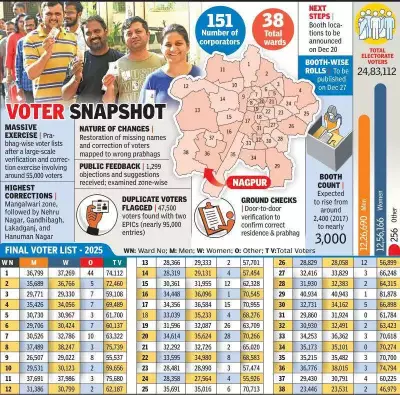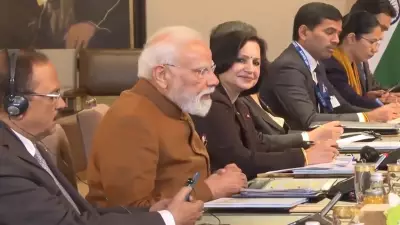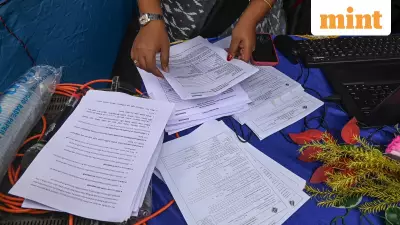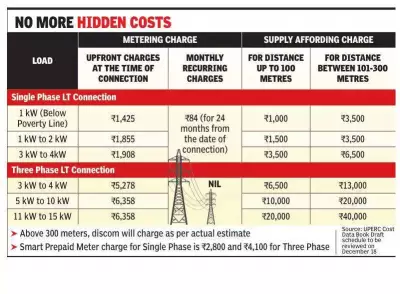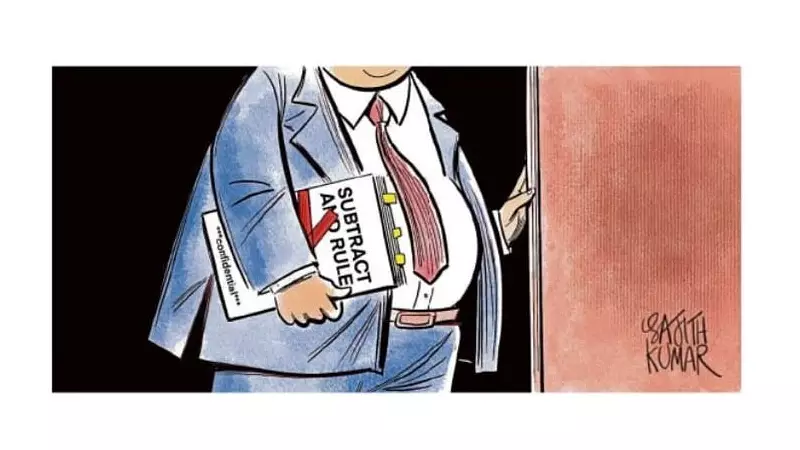
The controversial political strategy of 'Divide and Rule,' once famously employed by colonial powers, appears to be experiencing a modern resurgence in contemporary governance approaches. This time-tested tactic, which involves creating divisions among populations to maintain control, continues to demonstrate its effectiveness in the political arena.
The Enduring Legacy of Division Politics
Historical records show that dividing communities along religious, ethnic, or social lines has consistently served as a powerful tool for those in power. The methodology remains strikingly similar across centuries: identify existing fault lines within society and amplify them to prevent unified opposition.
Modern Manifestations of an Ancient Strategy
Today, this strategy manifests in various subtle and overt ways:
- Emphasizing religious differences during election seasons
- Creating economic divisions between population groups
- Amplifying regional rivalries for political gain
- Using social media to deepen existing societal fractures
The Psychological Mechanics Behind the Strategy
What makes 'Divide and Rule' so persistently effective? The answer lies in basic human psychology. When communities are pitted against each other, their attention shifts from questioning authority to defending against perceived threats from their neighbors. This creates the perfect environment for sustained control.
The ultimate consequence: A fragmented society becomes easier to manage, as divided groups lack the collective strength to challenge established power structures effectively.
Recognizing the Patterns
Modern citizens must develop the awareness to identify when this strategy is being employed. Common indicators include sudden emphasis on identity politics, manufactured controversies that pit communities against each other, and deliberate amplification of minor differences into major conflicts.
As political landscapes evolve, the age-old tactic of 'Subtract and Rule' continues to adapt, finding new expressions in our increasingly digital and interconnected world. The challenge for democratic societies remains recognizing these patterns and fostering unity despite attempts to create division.

